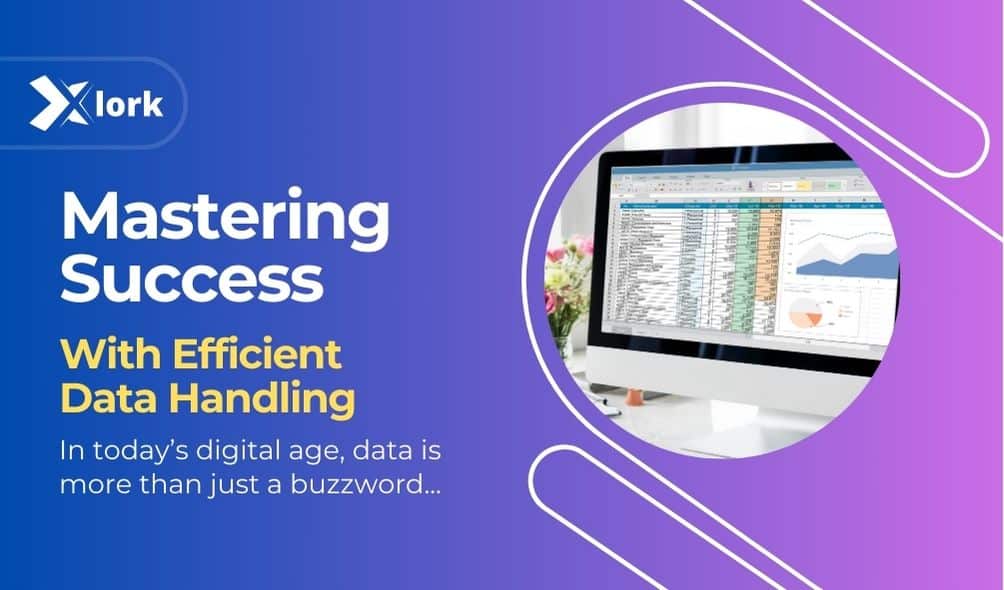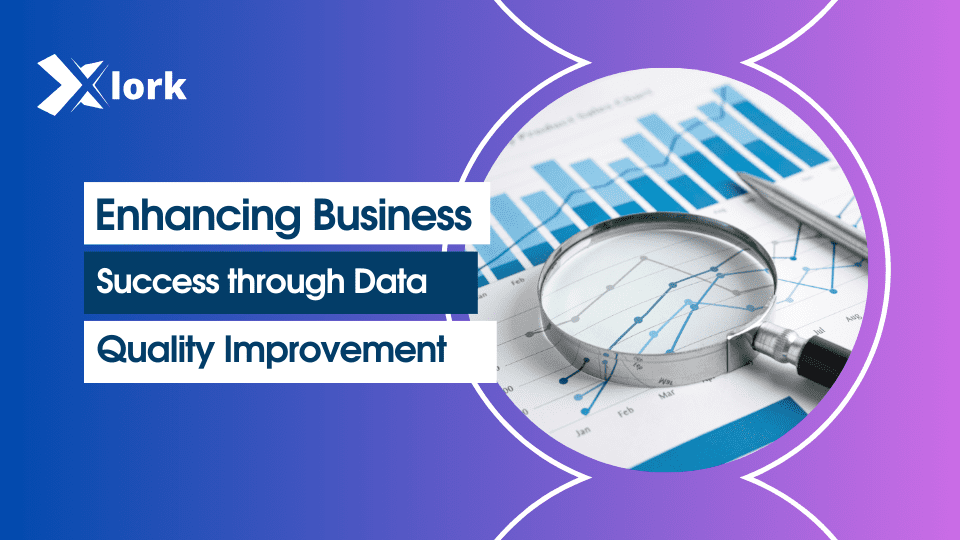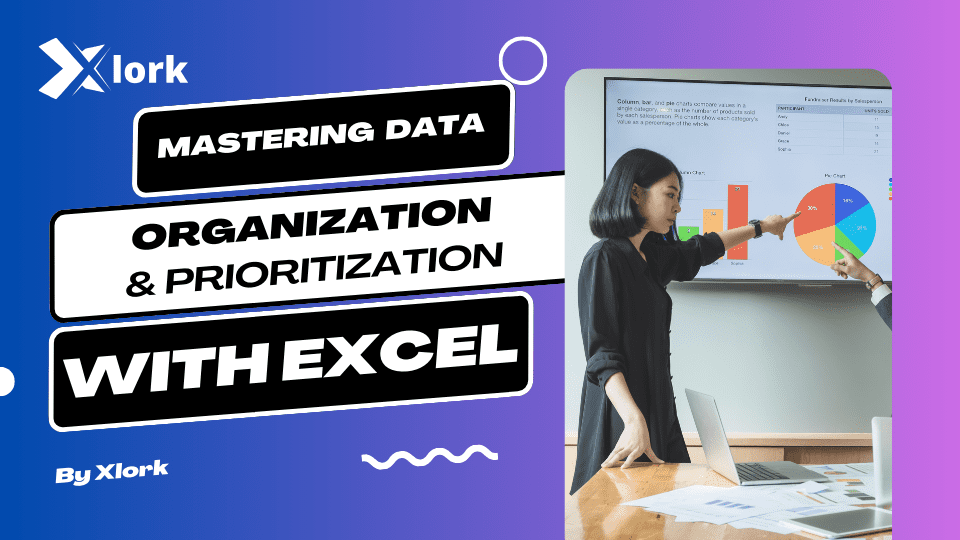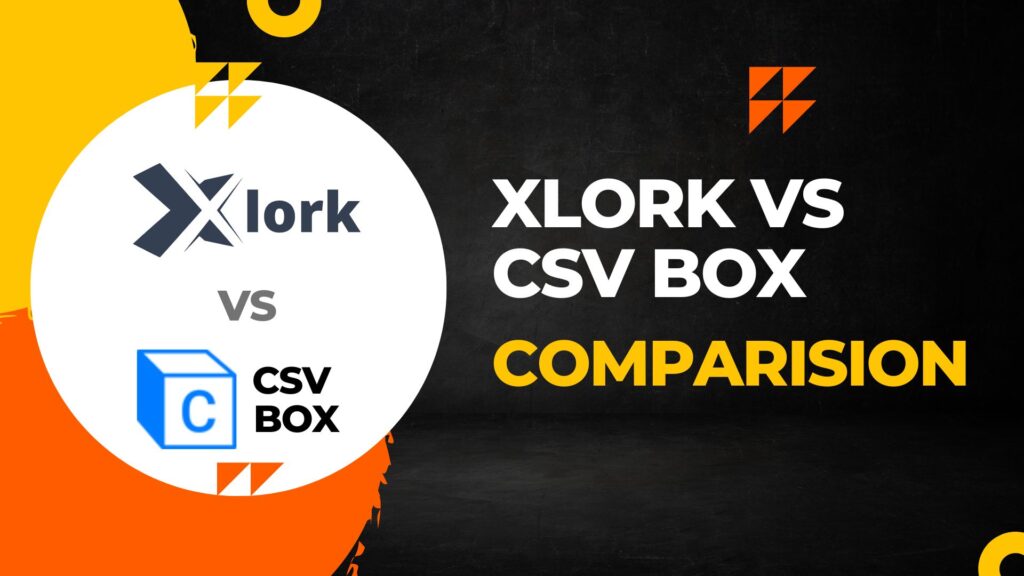The Future of Web Scraping in the AI Era : Introducing Our Free Tool
In today’s rapidly evolving digital landscape, data is the new gold. With the advent of Artificial Intelligence (AI) and the growing reliance on machine learning models, the demand for vast amounts of high-quality data has skyrocketed. Enter web scraping—a powerful tool that allows you to extract data from websites quickly and efficiently. But what makes web scraping so essential in the AI era? Let’s dive in. The Importance of Web Scraping in AI As AI models, particularly large language models (LLMs), continue to advance, their hunger for data grows. These models need diverse and extensive datasets to train effectively, which is where web scraping comes into play. By automating the extraction of information from websites, web scraping provides the fuel that powers AI innovations. From training chatbots to enhancing recommendation engines, the data gathered through web scraping is invaluable. Introducing Our Free Web Scraping Tool: Available Now! We’re thrilled to announce the launch of our free web scraping tool, now available on xlork.com/free-scraper. Whether you’re a developer, data scientist, or researcher, this tool offers the flexibility and power you need to scrape any website with ease. Best of all, it’s completely free! Why Use Our Tool? No Cost : Access powerful web scraping capabilities without spending a dime. User-Friendly : Designed to be intuitive, making it accessible to users of all skill levels. Versatile : Capable of handling a wide range of scraping tasks, from simple to complex. Navigating the Competitive Landscape Web scraping is a competitive field, with numerous tools available, ranging from free options to premium services. However, not all tools are created equal. Here’s how our tool at xlork.com/free-scraper stacks up: Pricing : While many competitors charge hefty subscription fees, our tool is completely free, with no hidden costs. Speed : Optimized for fast data extraction, our tool ensures that you can gather large datasets in minimal time. Ease of Use : Some tools require extensive technical knowledge, while others may have steep learning curves. Our tool is designed to be user-friendly, making it accessible to both beginners and seasoned professionals. Beyond Pricing and Speed: What Really Matters While pricing and speed are important, there are other factors that set our tool apart: Data Accuracy : Extracting clean and accurate data is paramount. Our tool includes features to minimize errors and ensure that the data you collect is reliable. Compliance and Ethics : With the increasing scrutiny on data privacy, it’s important to scrape responsibly. Our tool includes built-in mechanisms to help you stay compliant with web scraping best practices and legal requirements. Continuous Improvement : The world of web scraping is always evolving. Our tool is regularly updated with new features and improvements, ensuring that it stays ahead of the curve. The Future of Web Scraping As we move further into the AI era, the need for data will only increase. Web scraping will remain a critical tool for gathering the information that drives AI and machine learning innovations. By choosing our free solution, you not only gain access to powerful scraping capabilities but also join a community that values transparency, collaboration, and continuous improvement. Conclusion In conclusion, web scraping is more important than ever, especially as we continue to embrace AI and machine learning technologies. Our free tool, available at xlork.com/free-scraper, offers a competitive edge with its pricing, speed, and ease of use, while also ensuring data accuracy and compliance. Join us in shaping the future of web scraping—download our tool today and start unlocking the potential of the web.
The Future of Web Scraping in the AI Era : Introducing Our Free Tool Read More »








